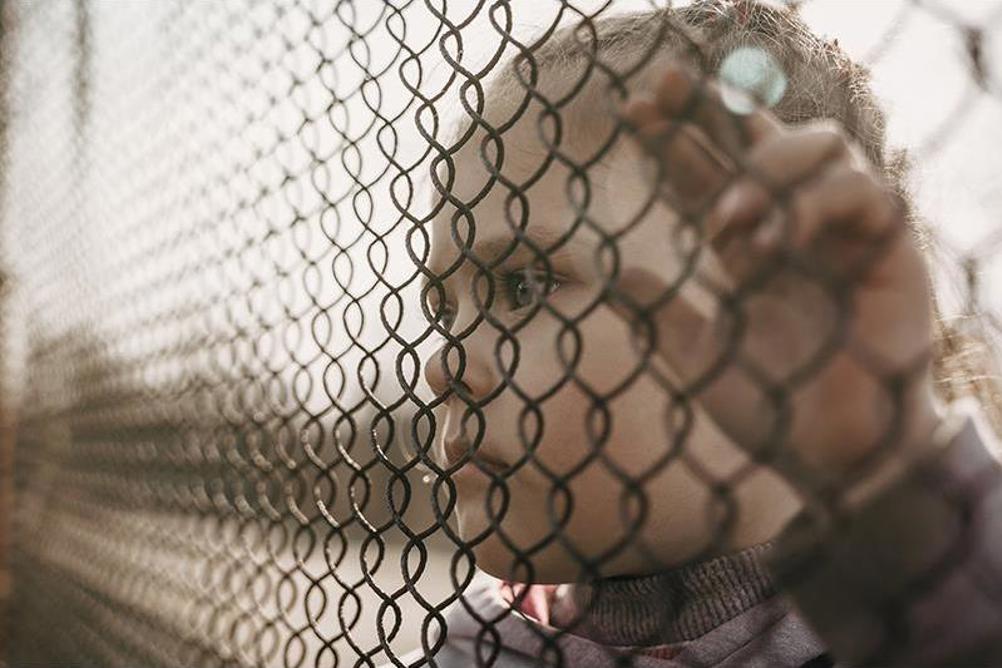
It is a cold October morning and I am greeted by a pastoral manager and two siblings who have recently arrived in the UK from Ghana. It is their first official day at our school.
I greet them with “ɛte sɛn”, which means “how are you” in their language Twi. Their faces beamed and replied with “ɛyɛ” (meaning fine).
It took me back to when I arrived in the UK in primary school surrounded by the newness of everything. From the little things like new food and smells to the big things like seeing snow for the first time.
In the case of these siblings they could speak English, so they were able to adapt quickly. But as we know, this can be difficult when students do not speak English, arriving as refugees from war-torn countries.
Register now, read forever
Thank you for visiting SecEd and reading some of our content for professionals in secondary education. Register now for free to get unlimited access to all content.
What's included:
-
Unlimited access to news, best practice articles and podcast
-
New content and e-bulletins delivered straight to your inbox every Monday and Thursday
Already have an account? Sign in here
